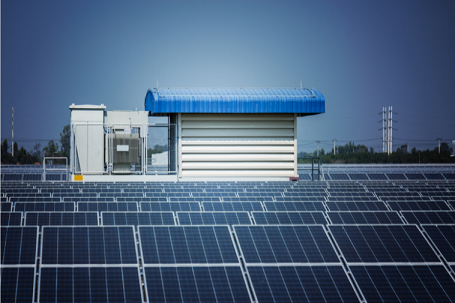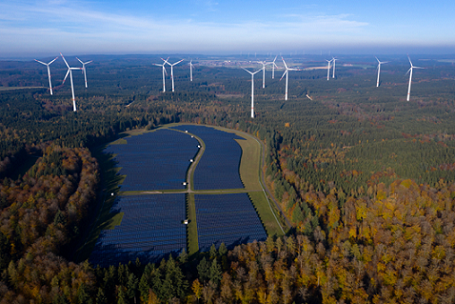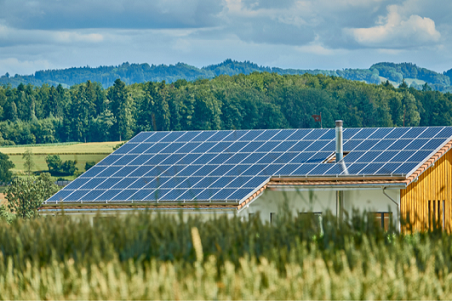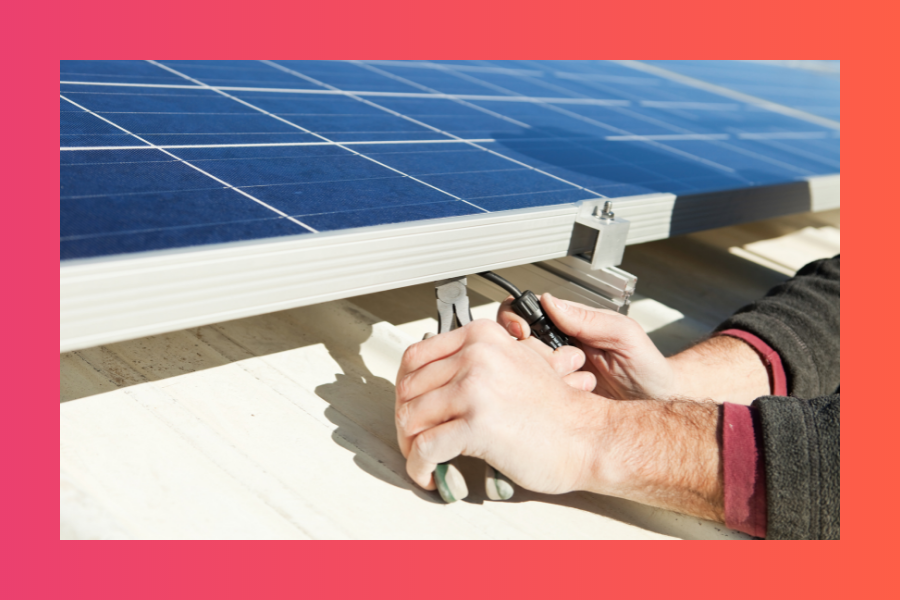Solar technology is always advancing. But if there’s a key challenge with this growth, it’s that it can be hard for solar owners and would-be solar owners to keep up with the rapid progress of solar technology. An example of this are inverters, as there’s a variety of them currently in use across Australia. So let’s go through the 3 main types of inverters, and how they operate in solar systems.
In an Australian first, up to 100% of daytime operations at two major iron ore mines have been powered entirely by renewable energy after power utility Alinta Energy switched on the 60 MW Chichester Hub Solar Farm in Western Australia’s Pilbara region.
Victoria’s Solar Homes Program battery rebate stream has expanded to offer a boosted Virtual Power Plant (VPP) option. A VPP is usually made up of a network of distributed solar power and battery systems, but may also include other energy resources and controlled loads. In a nutshell, it’s about getting distributed energy sources working together more effectively.
Australia's first and only solar garden is a 35kW solar array situated on the roof of the North Coast Community Housing (NCCH) building, a social housing provider in Lismore, NSW.
Unlike conventional solar panels that are designed to blend in with their surroundings, solar trees are designed to be seen, creating awareness of solar technology and its potential to help reduce our reliance on fossil fuels. In this article, we’ll explore what solar trees are, how they work and how they compare to conventional solar panels. We’ll also take a look at some notable examples of solar trees from Australia and around the world.




